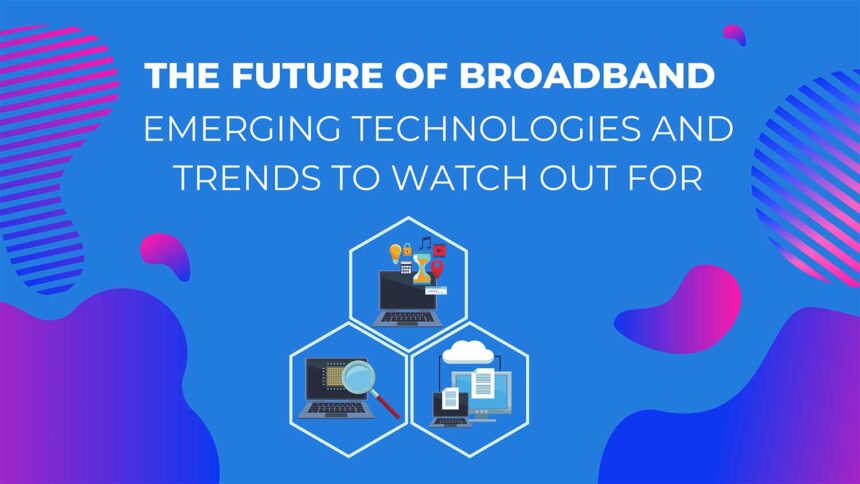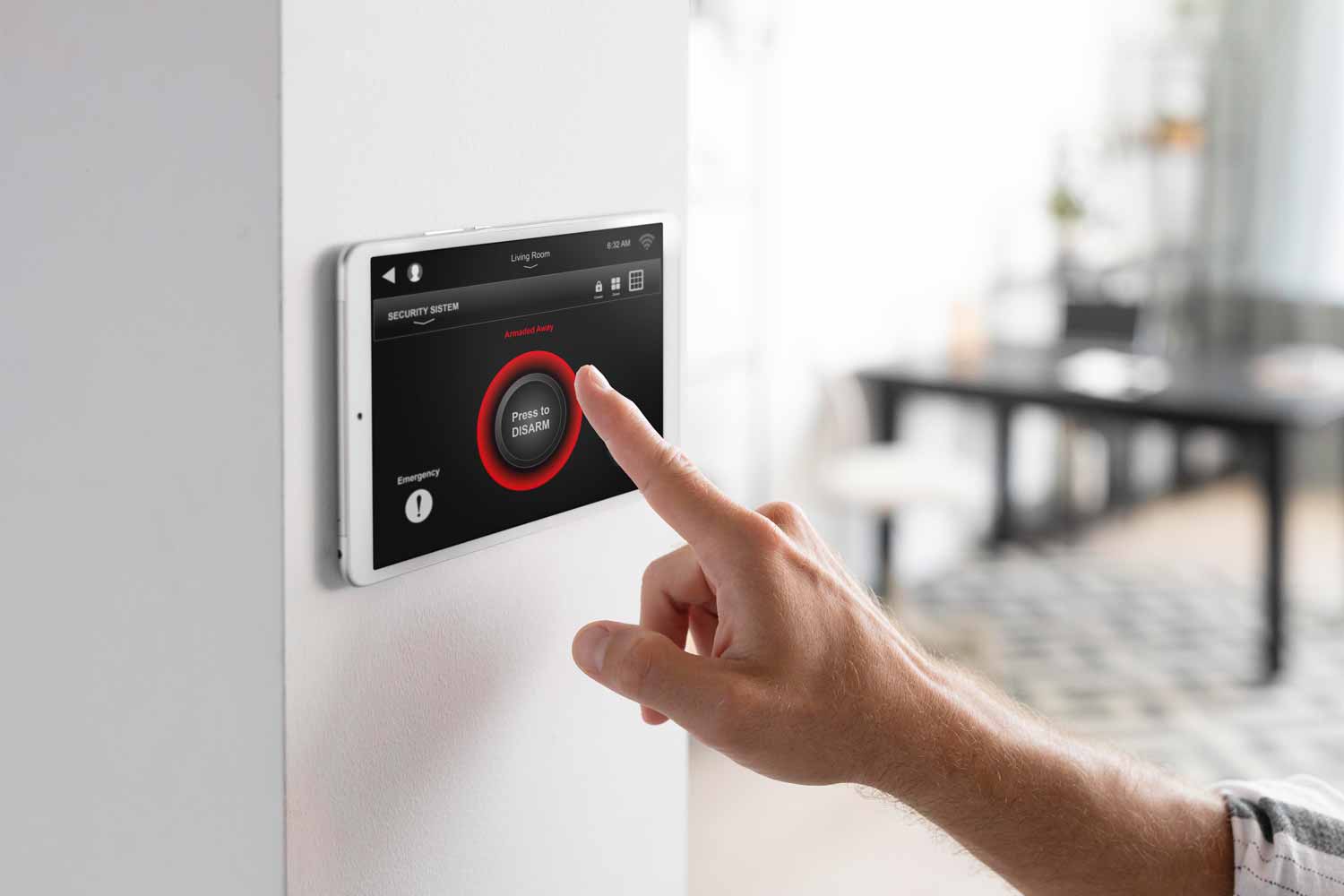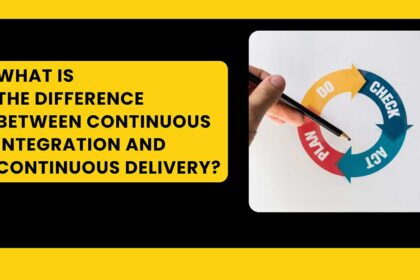In an era where connectivity is of prime importance, broadband internet has become the backbone of modern communication, commerce, and entertainment. As technology advances at an unprecedented pace, the landscape of broadband is continually evolving, ushering in new possibilities and reshaping the way we connect with the world. From Fiber optics to satellite internet, let’s delve into the emerging technologies and trends that can redefine the future of broadband.
Fiber Optic Networks
Fiber optic broadband, renowned for its high-speed transmission capabilities, is poised to dominate the broadband landscape. With its ability to transmit data at the speed of light through thin glass fibers, fiber optics offer unparalleled reliability and bandwidth. As the demand for faster internet speed surges, fiber optic networks are expanding rapidly, promising gigabit speeds and beyond.
For companies, this translates into fiber internet for business, which is crucial in supporting high-bandwidth applications such as cloud computing, high-definition video conferencing, and large data transfers without sacrificing performance. This makes fiber internet an essential tool for businesses looking to maintain a competitive edge in a digitally driven marketplace.
5G Connectivity
The advent of 5G technology heralds a new era of ultra-fast, low-latency connectivity. With speeds potentially surpassing 1 Gbps, 5G networks are set to revolutionise broadband access, particularly in urban areas. The deployment of small cells and massive MIMO antennas will enhance coverage and capacity, enabling seamless streaming, gaming, and IoT applications.
Satellite Internet
Satellites have long been a key player in bridging the digital divide, providing internet access to remote regions. Recent advancements in satellite technology, such as SpaceX’s Starlink constellation, promise to deliver broadband speeds comparable to terrestrial networks. Satellite internet holds immense potential for rural communities and maritime connectivity, offering a lifeline for those beyond the reach of traditional infrastructure.
Low Earth Orbit (LEO) Satellites
LEO satellite constellations, positioned closer to Earth than traditional geostationary satellites, offer reduced latency and increased throughput. Companies like OneWeb and Amazon’s Project Kuiper are racing to deploy thousands of LEO satellites, aiming to blanket the globe with high-speed internet access. LEO satellites hold the promise of ubiquitous connectivity, transforming the way we access the internet from virtually anywhere on the planet.
Mesh Networks
Mesh networking, characterised by interconnected nodes that relay data to one another, presents a decentralised approach to broadband deployment. By leveraging existing infrastructure and community-driven networks, mesh networks can extend internet access to remote areas and enhance resilience in the face of natural disasters or network outages. With the rise of open-source mesh firmware like OpenWRT and community-led initiatives, mesh networks are gaining traction as a cost-effective and scalable solution for bridging the digital divide.
Artificial Intelligence (AI) Optimization
AI-powered technologies are revolutionising broadband networks, optimising performance, and enhancing user experience. From dynamic spectrum allocation to predictive maintenance, AI algorithms are driving efficiency and reliability in network operations. Machine learning techniques are also being employed to analyse network traffic patterns and mitigate cybersecurity threats, ensuring a secure and seamless broadband experience for users.
Edge Computing
The proliferation of IoT devices and bandwidth-intensive applications necessitates a shift towards edge computing paradigms. By processing data closer to the end-user, edge computing reduces latency and alleviates strain on centralised data centres and networks. Edge caching and content delivery networks (CDNs) enable faster content delivery and real-time applications, enhancing the overall quality of broadband services.
Hybrid Connectivity Solutions
As the demand for broadband connectivity diversifies, hybrid solutions combining multiple technologies are gaining prominence. From terrestrial-fiber backhaul to wireless last-mile connectivity, hybrid networks offer flexibility and resilience in meeting varying connectivity needs. By seamlessly integrating different access technologies, hybrid solutions can optimise coverage, capacity, and cost-effectiveness, catering to diverse deployment scenarios and user requirements.
Conclusion
The future of broadband is marked by a convergence of innovative technologies and evolving paradigms, promising faster speeds, wider coverage, and enhanced reliability.
If you are looking for the best “broadband services near me”, then do consider Airtel Broadband as it stands at the forefront, delivering blazing-fast speed, good connectivity. With a commitment to excellence and a passion for innovation, Airtel Broadband continues to shape the future of broadband, connecting people and possibilities across the globe.
Check “Airtel WiFi connection near me” and experience the future of broadband with Airtel today.











